As cities and neighborhoods undergo rapid real estate development, the impact on local businesses and community events cannot be overlooked, especially in the realm of poker tournaments. These events, which draw large crowds and energize local communities, often face opportunities and challenges stemming from changing urban landscapes. According to Casino Mag, a leading voice in gaming and industry trends, real estate developments can influence everything from venue availability and infrastructure to audience accessibility and local support. While some developments enhance facilities and attract larger audiences, others may displace long-standing venues or disrupt the community fabric that sustains these events. Adapting to these changes is essential for the poker community to thrive amidst evolving urban dynamics.
1. Increased Tourism and Visitor Spending
Real estate development often brings increased investment in infrastructure, such as hotels, restaurants, and entertainment venues. As a result, local poker tournaments stand to benefit from the influx of tourists and visitors who are attracted to newly developed areas. When a casino or event space is built or renovated, it can create an environment that draws in not only local players but also visitors from out of town, boosting the number of participants in tournaments. This increase in attendance can lead to higher ticket sales, sponsorships, and a more vibrant atmosphere surrounding poker events.
Additionally, poker tournaments typically stimulate local economies by generating revenue for nearby businesses. Hotels, bars, restaurants, and transportation services all experience increased demand as tournament attendees spend money in the area. Thus, real estate development that enhances the surrounding infrastructure can create a symbiotic relationship between poker tournaments and the broader economy.
2. Rising Costs and Accessibility Issues
On the flip side, real estate development, particularly in gentrifying neighborhoods, can drive up local property prices and costs of living. This can have a negative impact on the accessibility of local poker tournaments, particularly for participants from lower-income backgrounds. Increased costs in the area may discourage locals from attending or organizing poker events, as higher rent and living expenses reduce disposable income. For poker tournaments held in these areas, there may be fewer grassroots players who can afford the entrance fees or travel expenses to attend, limiting the diversity and size of the event.
Furthermore, real estate projects that prioritize luxury developments, such as high-end residential complexes or exclusive businesses, may limit access to public spaces where local poker tournaments were once held. In these cases, organizers may face challenges in finding affordable venues or maintaining the community spirit that local poker tournaments once fostered.
3. Opportunities for Venue and Event Expansion
As cities expand, there are also opportunities for local poker tournaments to grow and evolve. New real estate developments can provide larger venues for poker events, allowing organizers to host more significant tournaments with higher prize pools and larger participant bases. The creation of purpose-built event spaces, convention centers, and poker rooms in newly developed areas allows poker tournaments to reach a broader audience and attract more sponsorships.
Additionally, real estate developers are increasingly recognizing the value of casinos and poker rooms as entertainment hubs, incorporating them into larger mixed-use developments. This integration offers poker events a more prominent space within the urban fabric, allowing them to reach a wider demographic, from casual players to high-stakes professionals. These larger venues can also accommodate live streaming and digital platforms for virtual poker tournaments, expanding the reach of the events beyond the local community.
4. Community Engagement and Branding Opportunities
Local poker tournaments can also benefit from real estate development if organizers work closely with developers to align the tournament’s brand with the evolving neighborhood. For example, a poker tournament held in a newly developed, high-traffic area can attract a more affluent audience, offering organizers the chance to partner with local businesses and real estate developers for sponsorship opportunities. These partnerships can provide additional funding for the tournaments, enhancing the overall experience and prize pools.
Furthermore, real estate development projects that emphasize community engagement can offer spaces for community-based poker events, keeping the grassroots spirit of the game alive despite the encroachment of more commercialized venues.
Conclusion
Real estate development has a profound impact on local poker tournaments, offering both opportunities and challenges. On one hand, increased infrastructure and tourism can benefit local events, driving up attendance and generating economic growth. On the other hand, rising costs and accessibility issues can pose barriers for grassroots participants and organizers. By finding ways to adapt to these changes—such as collaborating with developers or expanding event venues—local poker tournaments can continue to thrive in an evolving urban landscape, contributing to the economic and cultural vitality of the neighborhood.

